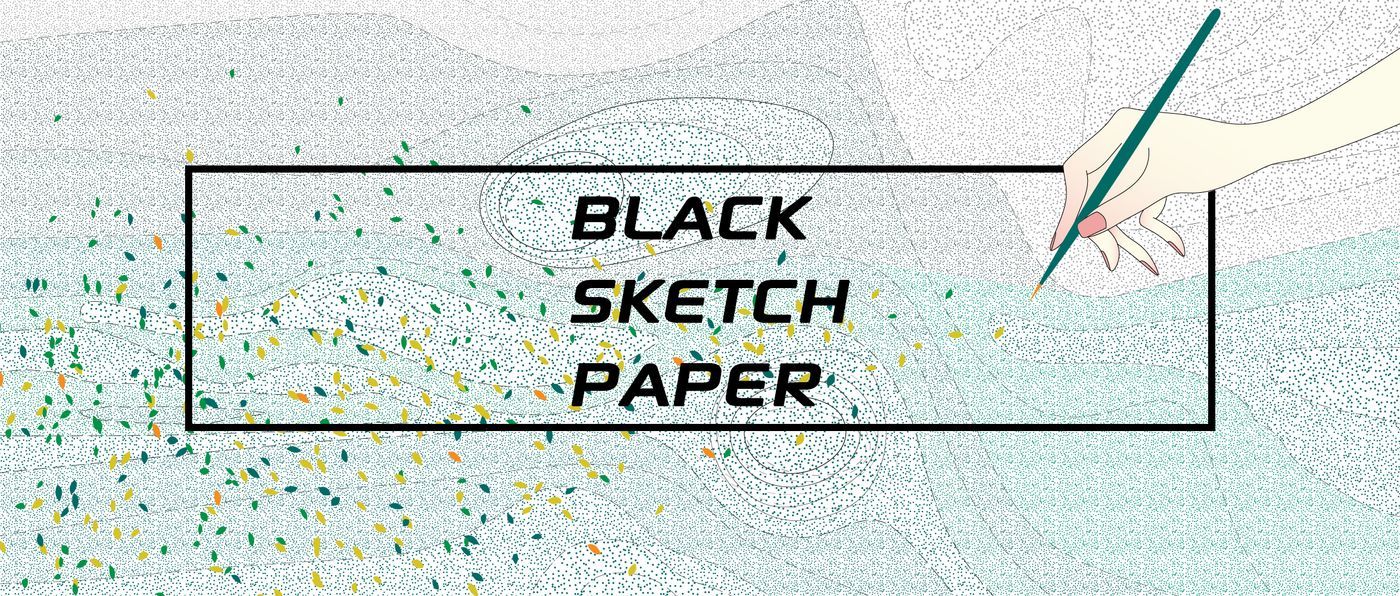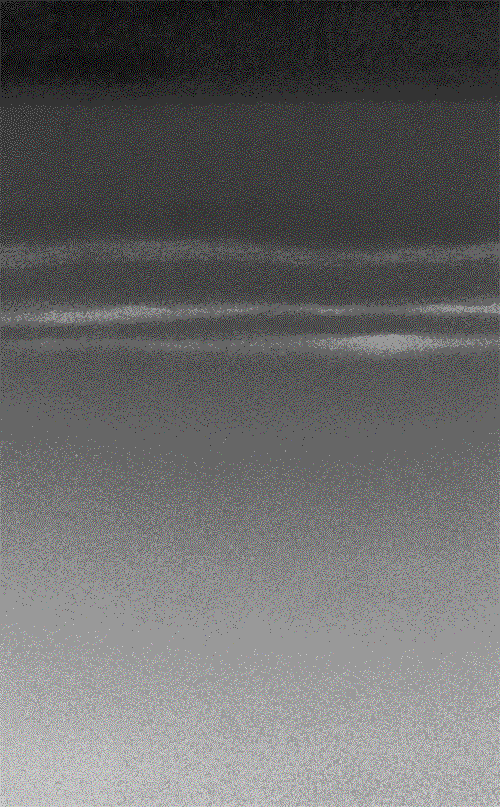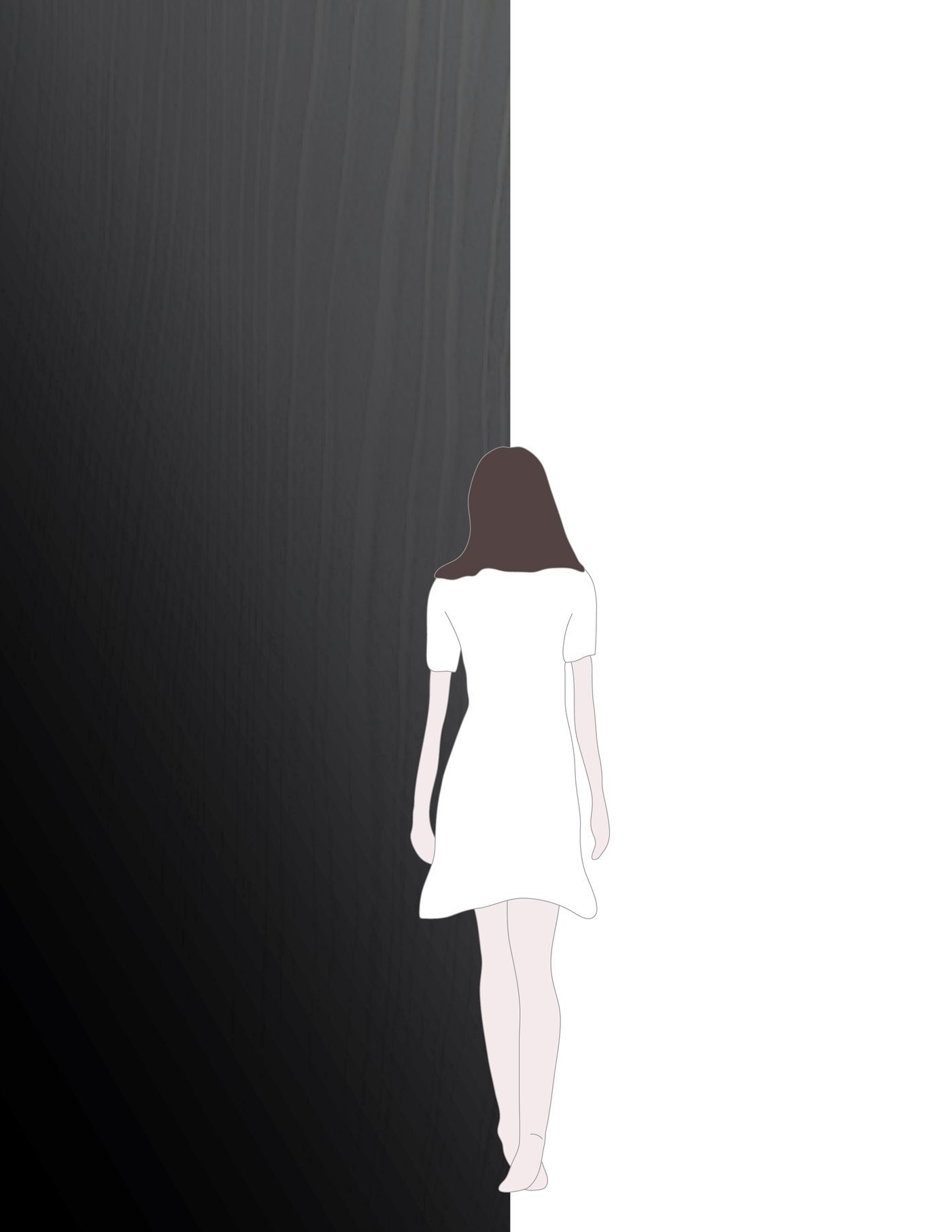
Hello~ 沙丘研究所(Dunes Workshop)是一个独立的线上原创内容发布平台,内容有关于城市、建筑、文学、艺术以及留学生活,成员来自哈佛大学设计学院以及麻省理工大学设计学院。 同样,欢迎关注我们的微信公众号“沙丘研究所”,第一手的推送内容会发布在这里;以及 Instagram账号@dunes.workshop 第一手的图像/视频内容将会发布在这里。
Fiction丨Black Sketch Paper

She was awake and dazed at first, but a strong ink smell woke her up, or in other words, she started to dream. The ink smell is typical, which she admits is both pungent and irreplaceable. It was when this smell appeared that she realized that I, a young woman, was in a printing room. She stood, which did not tire her. The woman may have been standing for a long time before the ink smell appeared and consciousness returned to her body. But she was not precise before, so the meaning of time was canceled, standing for a long time and standing just now have the same meaning.
The printing room is not large, it is the middle value of the printing room of all the schools of architecture. There is only one small peculiarity worth mentioning here: the printing rooms of the School of Architecture are often close to the machine room, and their side wall adjacent to the machine room is always composed of a complete large glass. Through the glass, the people in the machine room can see the people in the printing room, and the people in the printing room can see the machine room back. But in this room, the glass becomes a highly reflective material, and from the inside of the printing room, it almost looks like a mirror. The machine room was out of sight, and the mirrors reproduced exactly the printing presses in this small room.
The sound of the printing press has a clear sense of rhythm. Next to the regular sound effects produced by this mechanical original, time begins to advance at a constant speed, or in other words, the constant speed of time begins to become more confident. This is a quality printer. To say it's premium wouldn't be fair enough -- it's a perfect printer. On the paper that is about one meter wide, it prints the purest black without any fear. The action of printing extends all the way to the farthest edge of the paper, and then the small box that releases the ink stops abruptly, vacates in an instant, and then resets at an extremely fast speed, repeating another precise black print of one meter and two. There is not a single spot on the paper that is not covered, and not a single spot on the outside of the paper that is wrongly colored.
The width of the paper is one meter two, but the length is infinite. It keeps spitting out of the printer. At first it was flat, then the paper was caught by gravity and drooped. It bends as it sags, forming folds that press against each other layer by layer. The bulge closest to the printer became almost sharp; it stood up like a small ridge.
In front of the woman's eyes are two symmetrical printers, one real and the other a phantom in the mirror. There was a very clear and steady look in her eyes, because she knew a very important thing - what this printer was printing was called night. She stood with her hands receiving the pure black white paper that kept coming towards her. She patiently rolled them into the shape of a cylinder.
Printing on pure black white paper, or, in other words, at night, is not something that can be achieved overnight. Nothing happens overnight. Turning complete, pure white into complete, pure black is a gradual process. Anyone with enough time and the right light can scrutinize such events in detail.

The place where the woman stood was the door of the room. She was far away from the printer, and saw the whole of an event—the paper that just came down from the printer's mouth was wet. In some places, the wet paper was easily twisted nervously, and the entire sheet showed some subtle but perceptible undulations. Of course, the wetness of the paper does not last forever. The temperature in the room was raised by the rumbling of the machine, and the wet parts of the ink on the paper dried out quickly.
In this way, black appeared in both wet and dry forms in front of her. The wet paper surface just out of the oven is as shiny as patent leather. From the woman's point of view, it was like seeing the side of a black car, and her own figure could also reflect a shape in this oily brilliance. The dried part is matte. When the light hits the matte part, it just blurs out a slightly brighter area.
There is a clear dividing line between the wet part and the dry part. Since one end is the printer constantly spewing out more paper, and the other end is the woman constantly scrolling the paper surface, this continuous interface is in a constant dynamic process. Because of this, the dividing line is constantly changing, and the curve is high and low, like a swaying rope. This reminded the woman of the early morning, of the fog, of the lake surface - the wet black just made from the printer was like a completely calm lake surface, and the drying process was like a gust of wind. When the wind hits the mirror-like lake surface, sparkling waves appear. In these rippled places, everything that was reflected on the lake surface becomes ambiguous in an instant, losing its outline and shape.
The wrestling between wetness and dryness and the gentle change of the dividing line give women an indescribable experience. She seemed to feel some kind of responsibility, for some abstract, metaphysical intention. She felt, or rather, realized that in the manifestation of this "making of things", the intention was trying to speak for herself. For this reason, she felt the duty to remain silent.
The hot fog kept rising. She slowly pulled the paper roll farther away from the printer, which is more suitable for watching the night fall after this inversion. It can be said that the world found its origin and incarnation in the process of nightfall. The woman first saw the surface of the paper, and because of the force, thin winding lines had grown in some places. That is the outline of the distant mountains. Just squinting and looking closely, you can see the nascent mountain range spreading out in even time and dense air. Below the thin line is the dark cyan after precipitation, and below it is jet black. A woman knows that if her fingers touch these still inky blacks, the dense color will stick to the skin and give off a damp, soft bitter taste. This sea hangs in the hand and has a near-infinite mass. The sea would turn into a lake without borders, the rain would pile up, the wind would blow away the perfect reflection of the stars on the lake, the sun would lose its power, and the sky would be filled with rhythmic, puffy inkjets. Just as someone looked at the primordial night sky on land three thousand years ago and tried to identify the constellations, she is also looking for pixels that can be understood as shapes in the changing black. She saw the facade of an uninhabited building on the outskirts of the city at night, the texture of the skin on the inside of his arm as observed by an insomniac.
The dry part is less dynamic, it is the finished night, it transcends time and space, there is no beginning or end, morning or evening. The various landscapes overlap, the mountains and the sea cannot be separated, and the last night can no longer be separated from all other nights. It is the Eternal Night, the connection to all the sleepy nights of tossing and turning and all the imaginings about them.
She knew for sure that the thing that was constantly being handed to her lacked some action that needed to be applied to it, because it was still different from the state of the world as it should be. She knew that the world was not like that, because the night was not continuous, just as the day was not continuous. She realized that she might not be herself, but part of a huge mechanism. She rolled up what was in her hand, so that the white back regularly interrupted the continuous night, interrupting that hidden connection. She gives a separation between night and day, though this may cause those who are accustomed to perceiving familiar poetry in the dark to lose the source. She stood and maintained that state.

The original text was published on the WeChat public account "Dune Research Institute", original title: Dune Paradise丨Black Sketch Paper
Like my work?
Don't forget to support or like, so I know you are with me..
Comment…